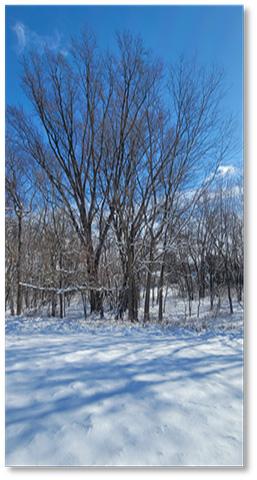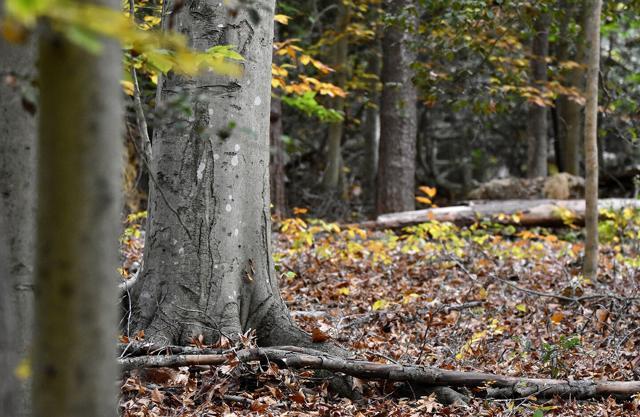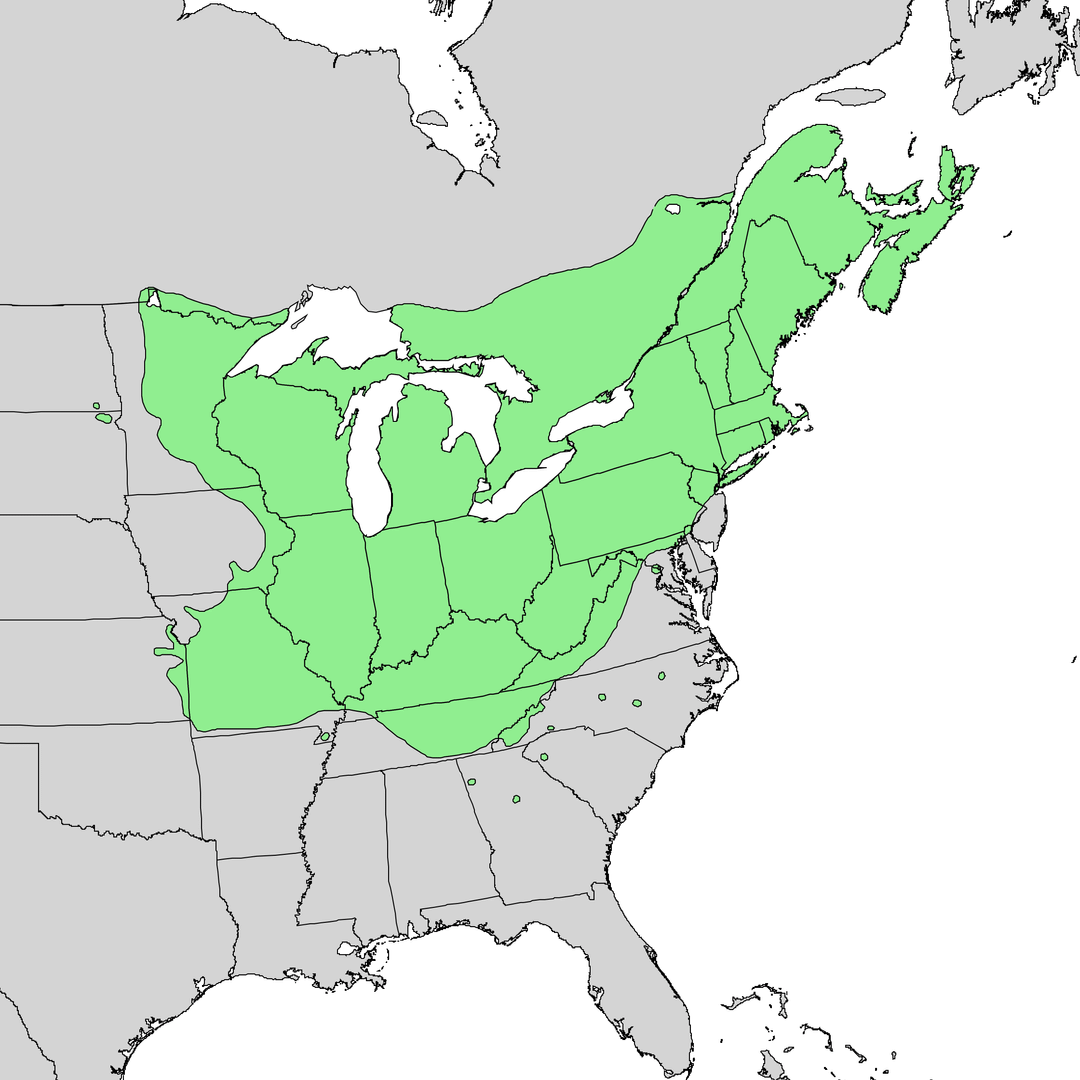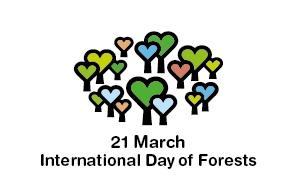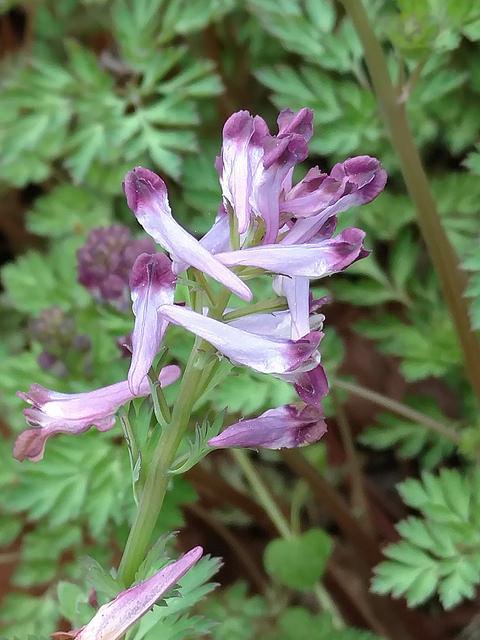Events Calendar
March 15, 2025, 1:00—2:30 PM
Doug Tallamy – Nature’s Best Hope
Bright Side Baptist Church, Lancaster PA
Choosing the right plants for our landscapes will not only address the biodiversity crisis but help fight our climate crisis as well. Tallamy will discuss simple steps that each of us can- and must- take to reverse declining biodiversity, & why we must change our adversarial relationship with nature to a collaborative one. Learn more & register here.
April 14, 2025, 1:00—3:00 PM
A Progress Report on Resistance Breeding in Forest Trees
Online
The American elm was once a common street tree, but populations have been depleted by Dutch elm disease. Ash species have suffered losses from emerald ash borer. The American chestnut was once the largest tree in eastern North America, but now mostly grows as a shrub due to the introduction of chestnut blight. Will there ever be a chance of returning iconic tree species to the landscape for future generations? That’s the goal of resistance breeding in forest trees. In this webinar, Dr. Carrie Pike (US Forest Service) will discuss the process and importance of breeding trees for pest resistance. Click here for more information and to register.
July 15 –18, 2025
The American Forest Congress Meeting
Washington DC
The congress is a gathering of natural resource management leaders focused on discussing and shaping forest policy in the U.S. The decision to convene soon is driven by the congress’ goal to reduce carbon dioxide emissions and focus on the vital role forests play in providing natural climate solutions. The theme of this meeting is Equity & Climate, to highlight the congress’ commitment to diversity. Learn more at this link.

